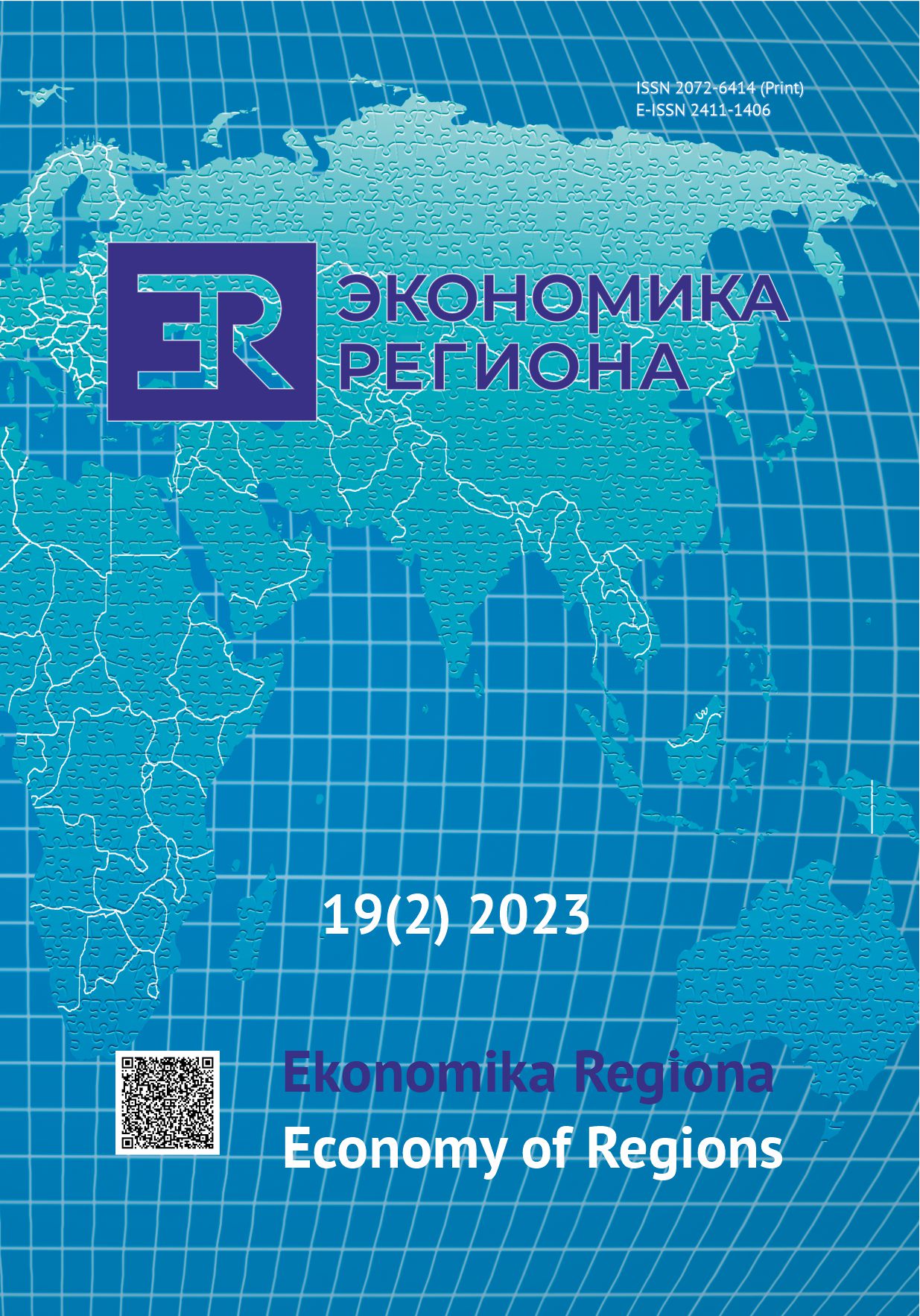INVESTMENT MODEL OF SOCIO-ECONOMIC PARTNERSHIP IN THE FIELD OF HOUSING AND COMMUNAL SERVICES OF MUNICIPALITIES
DOI:
https://doi.org/10.17059/ekon.reg.2023-2-13Keywords:
municipality, housing and communal services, water supply and sewerage system, public interests, investment model, socio-economic partnership, organisational and economic mechanism, resource-saving technologies, investment paymentAbstract
In the context of high depreciation of operating facilities (more than 70 %) and insufficient investment in maintenance and repair in the form of concessions, Russian regions do not attract investment necessary for a comprehensive resource-saving modernisation. Thus, most municipalities are characterised by low quality of public utility services and high tariffs. The article substantiates a scientific approach to the establishment and implementation of an investment model of socio-economic partnership between regional and municipal governments, resource providers and population aimed at the comprehensive modernisation of facilities benefitting socio-economic development of municipalities and regions. An investment fund at the expense of public investment payments and budget financing is necessary for ensuring this modernisation. The population will simultaneously become a participant in facility management, customer and active investor interested in its development. Investment aimed at achieving target indicators of utility competitiveness should be calculated for a specific period in accordance with the tariff setting system. The model’s universal principles can be applied in various public utility fields (water supply, sewerage, heat supply). Water supply and sewerage facilities of Murom okrug of Vladimir oblast were analysed to reveal that the introduction of the investment model and its organisational and economic mechanism will contribute to the comprehensive modernisation in the planning period (approximately 15 years). It will lead to an increase in the quality of service and decrease in the loss of water resources, service cost, tariffs and inflation rate, subsequently improving the welfare and quality of living standards in municipalities. As a result, modernisation will reduce regional and local budget expenditures, currently increased due to high depreciation and losses, financing and subsidies for increased payments of the population and budgetary organisations for utilities.
Downloads
Published
How to Cite
Issue
Section
License
Copyright (c) 2023 Матушкина Наталья

This work is licensed under a Creative Commons Attribution 4.0 International License.




